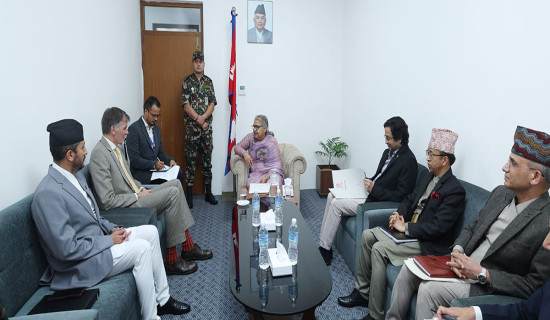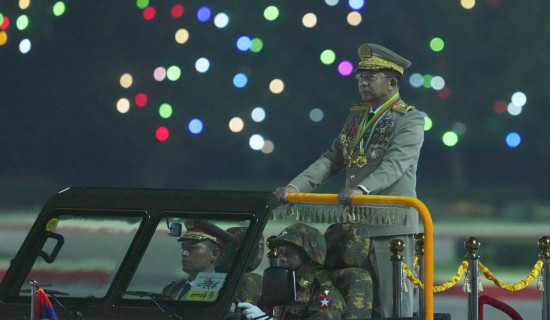- Thursday, 30 October 2025
Women Security In Public
In the light of the 16 Day Activism Against Gender-Based Violence (GBV), intimate partner violence is being highlighted and rightfully so. But we have missed an important matter pertaining to the safety of women. As someone who goes to college, attends workshops, trainings, events, fellowships, internships, I have been increasingly sensing the lack of security of women in public spaces. Be it due to things like catcalling that are considered small problems, to sexual assault, non-consensual photography, unwelcome sexual remarks and gestures, or stalking, the public spaces seem to not be for women at all.
The UN defines violence against women as any act of GBV that results in, or is likely to result in physical, sexual or mental harm or suffering to women, including threats of such acts, coercion or arbitrary deprivation of liberty, whether occurring in public or in private life. In this definition as well, both public and private life and the deprivation of liberty are highlighted. However, not feeling safe in public spaces is a common experience that all women I have ever talked to share. I rarely see any local bodies of government, the police or even the general public paying attention to this serious problem facing the women. Not having safe access to public spaces, having a sense of fear and psychological aversion to public spaces can significantly reduce the capacity of an individual to become an active member of society, meaningfully contributing as an employee, attendee or a student or a fellow.
According to a study done by the UN and Action Aid, public vehicles were found to be most unsafe in terms of prevalence of harassment for young women. Women/girls with high mobility and using public vehicles are vulnerable, and reporting of sexual harassment is non-existent due to fear of society and lack of trust in justice delivery. Even with the limitations of location and time this study covers, it resonates with national data and the experiences of women. The sense of safety deteriorates with intersectionality, leaving minorities of caste, gender identity and sexual orientations more vulnerable than others.
The report ‘Safe Cities and Safe Public Spaces For Women And Girls Global Flagship Initiatives: International Compendium Of Practices’ mentions exemplary practices and policies adopted by various parties in an attempt to make cities safer. One such example is the “Curb Harassment” protocol adapted by Quito conference that focuses on harassment in public vehicles. This protocol allows victims of harassment to report it by simply sending an SMS, which leads to response within three minutes, assuring safety of the victim and that necessary steps are taken to report the crime.
Other such actions and policies that aim to improve safety and mobility for women and girls mentioned in the same report include: mandatory training of public transport workers on GBV and on the response protocol, youth volunteers giving information to women and girls about what to do in cases where they may experience or witness violence, advocacy through grassroots women’s organisations, third-party reporting, female bus crews, etc. These have been adopted throughout cities with the aim of improving safety for women in public spaces.
These actions and solutions have been undertaken after thorough participatory research and implemented in the same participatory manner while holding local authorities accountable for the safety of women and girls. These initiatives have yielded positive results. The cases of violence against women are increasingly taking place in the urban areas. Nepal now needs to ensure the rights and liberties of women in the workforce, education, civil society and in public spaces.

















